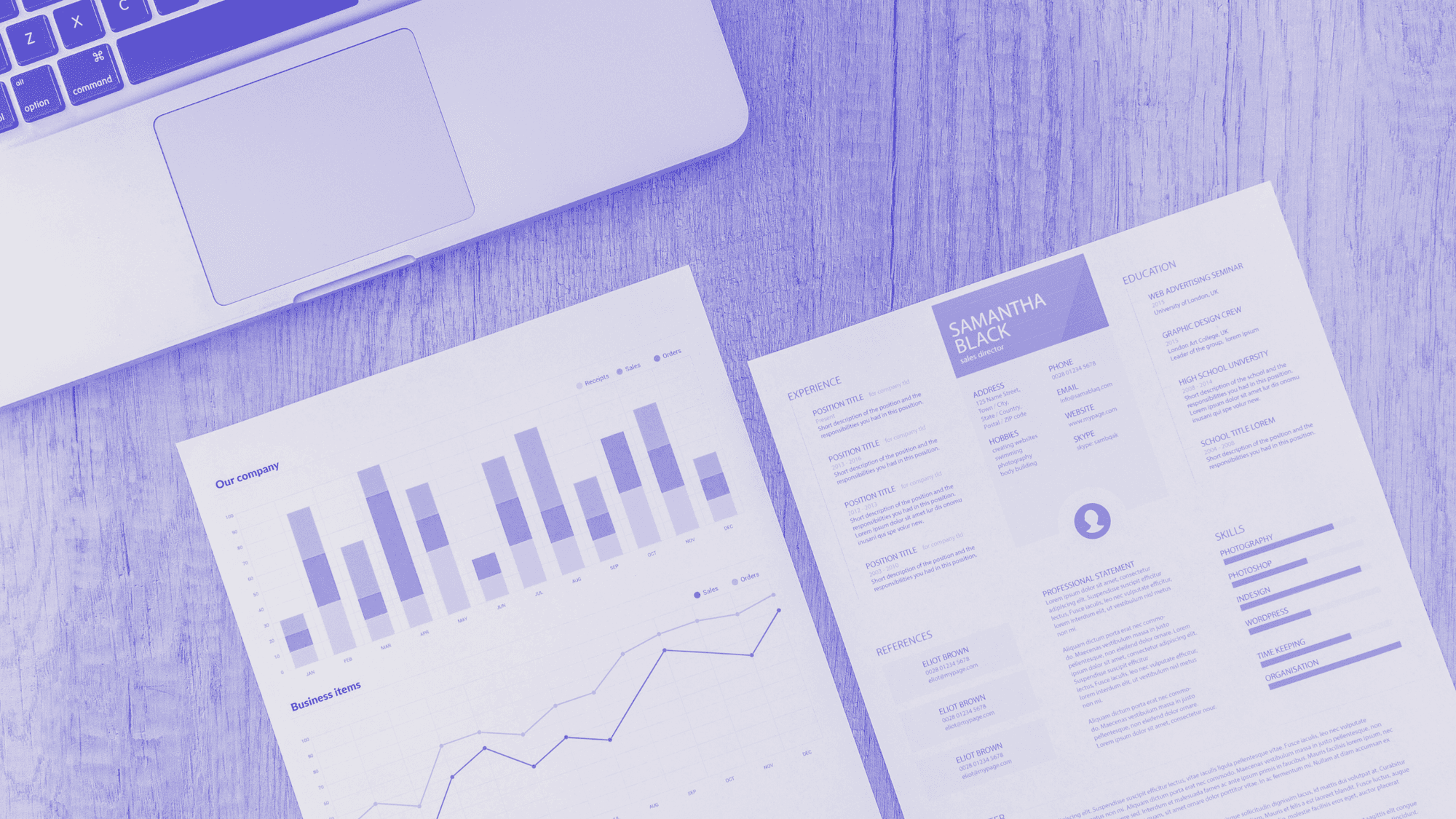How To Collect Engagement Data and Improve Customer Engagement in SaaS

In the competitive landscape of Software as a Service (SaaS), customer engagement is a key determinant of success. Engaged customers are more likely to be loyal, advocate for your product, and contribute to a steady revenue stream. This comprehensive guide will explore how to collect engagement data effectively and use it to enhance customer engagement in your SaaS business.
Understanding Customer Engagement in SaaS
Customer engagement in SaaS refers to the degree to which customers interact with and derive value from a software product. High engagement indicates that customers find the product essential and are actively using it, while low engagement suggests a lack of connection or perceived value.
The Importance of Engagement Data
Engagement data provides insights into how customers use your product, what features they prefer, where they face difficulties, and how they perceive your service. This data is crucial for making informed decisions to improve your product and customer experience.
Strategies for Collecting Engagement Data
- In-App Analytics: Utilize tools that track user interactions within your app. Metrics like login frequency, feature usage, and time spent on the app are valuable indicators of engagement.
- Surveys and Feedback Forms: Regularly solicit feedback from your users through surveys and feedback forms. This direct feedback can provide qualitative insights into user satisfaction and preferences.
- Behavioral Tracking: Implement tools to track user behavior on your website and app. This includes page views, click patterns, and navigation paths.
- Email Engagement: Monitor how users engage with your emails, including open rates, click-through rates, and responses.
- Social Media Monitoring: Use social media analytics tools to understand how users interact with your brand on social platforms.
- Customer Support Interactions: Analyze interactions with customer support for insights into common issues and user concerns.
Analyzing Engagement Data
Once you have collected engagement data, the next step is to analyze it to draw actionable insights:
- Identify Patterns: Look for patterns in the data that indicate how different user segments engage with your product.
- Segment Users: Segment users based on their engagement level and characteristics. This can help in tailoring strategies to different groups.
- Correlate with Customer Feedback: Correlate quantitative data with qualitative feedback to get a comprehensive view of customer engagement.
- Monitor Changes Over Time: Track how engagement metrics change over time to understand the impact of your strategies.
Strategies to Improve Customer Engagement
- Personalize User Experience: Use engagement data to personalize the user experience. Tailor features, content, and support to meet individual user needs.
- Enhance Onboarding: A smooth onboarding process can significantly boost engagement. Use data to refine your onboarding and make it more user-friendly.
- Feature Optimization: Identify the most and least popular features. Enhance popular features and improve or eliminate underperforming ones.
- Proactive Customer Support: Use engagement data to anticipate and address customer issues proactively.
- Regular Updates and Communication: Keep your users informed about new features, updates, and tips for using your product more effectively.
- Engagement-Driven Marketing: Tailor your marketing efforts based on engagement data to create more relevant and compelling messages.
- Incentivize Engagement: Implement gamification or rewards to encourage users to engage more deeply with your product.
Conclusion
Collecting and analyzing engagement data is essential for understanding your customers and improving their experience with your SaaS product. By implementing the strategies outlined above, you can enhance customer engagement, leading to increased customer satisfaction, retention, and ultimately, business success.
Rachel Witt
Rachel is a GTM marketer with 5+ years of experience working at various fast-growing technology companies.